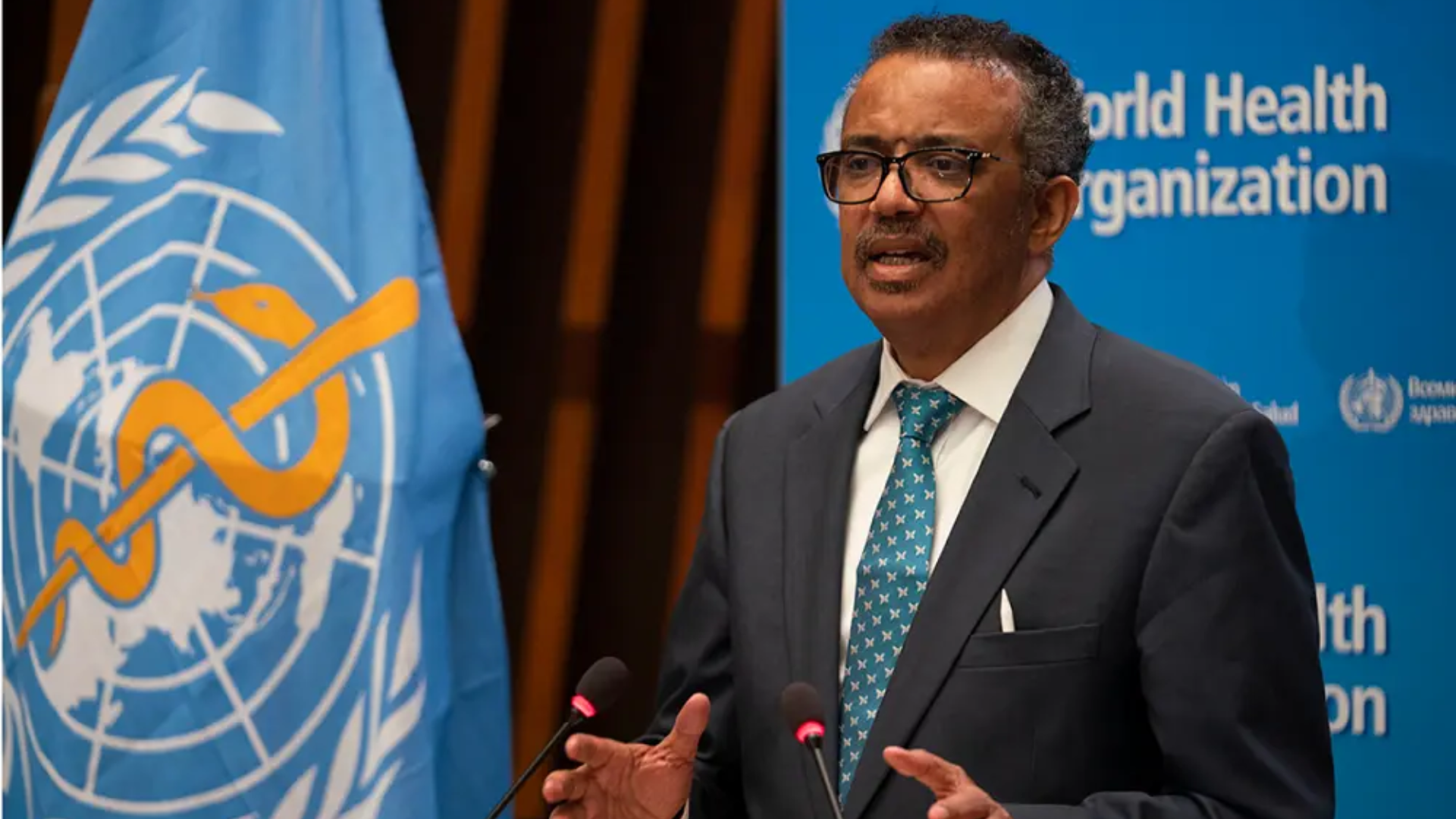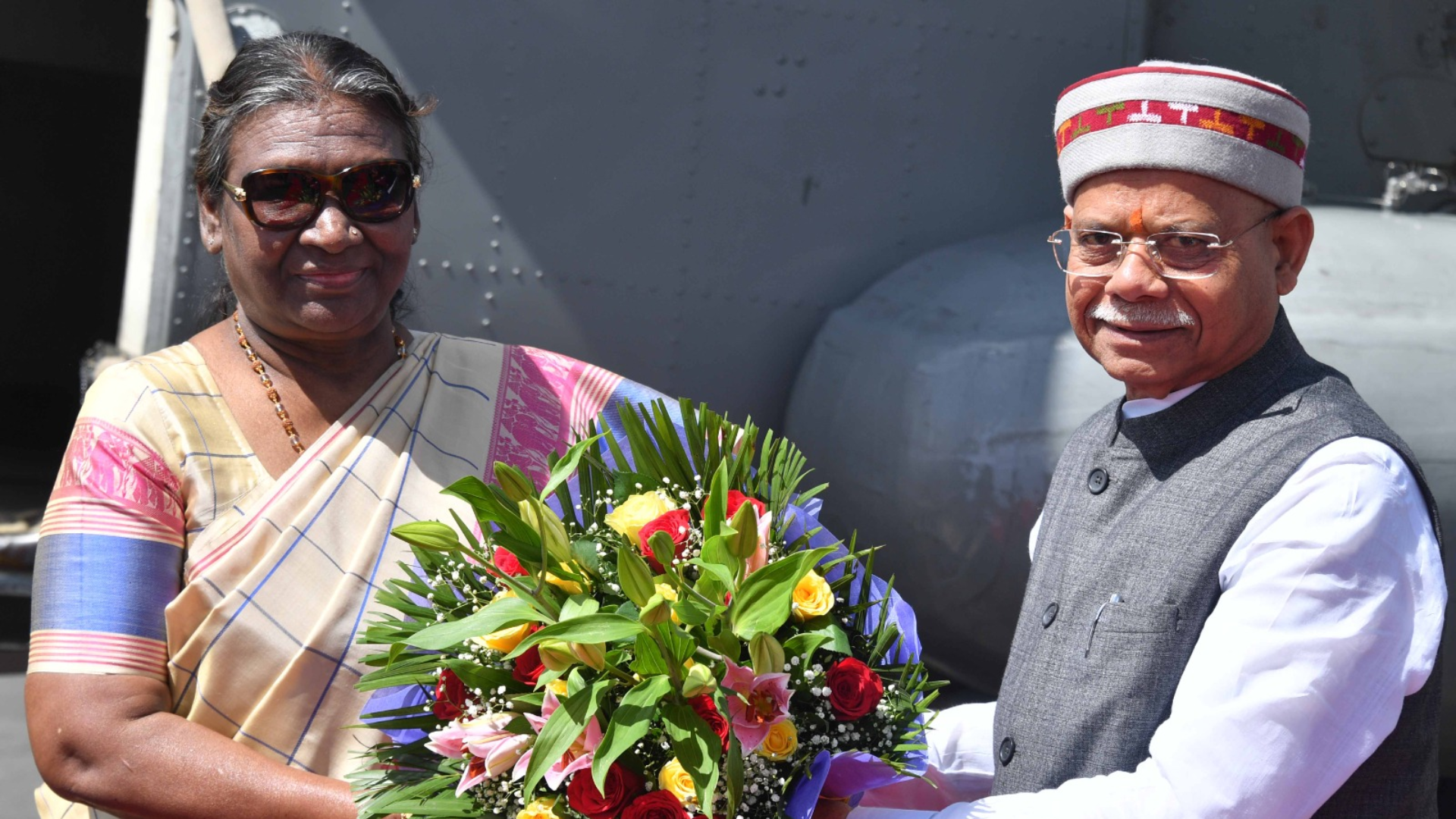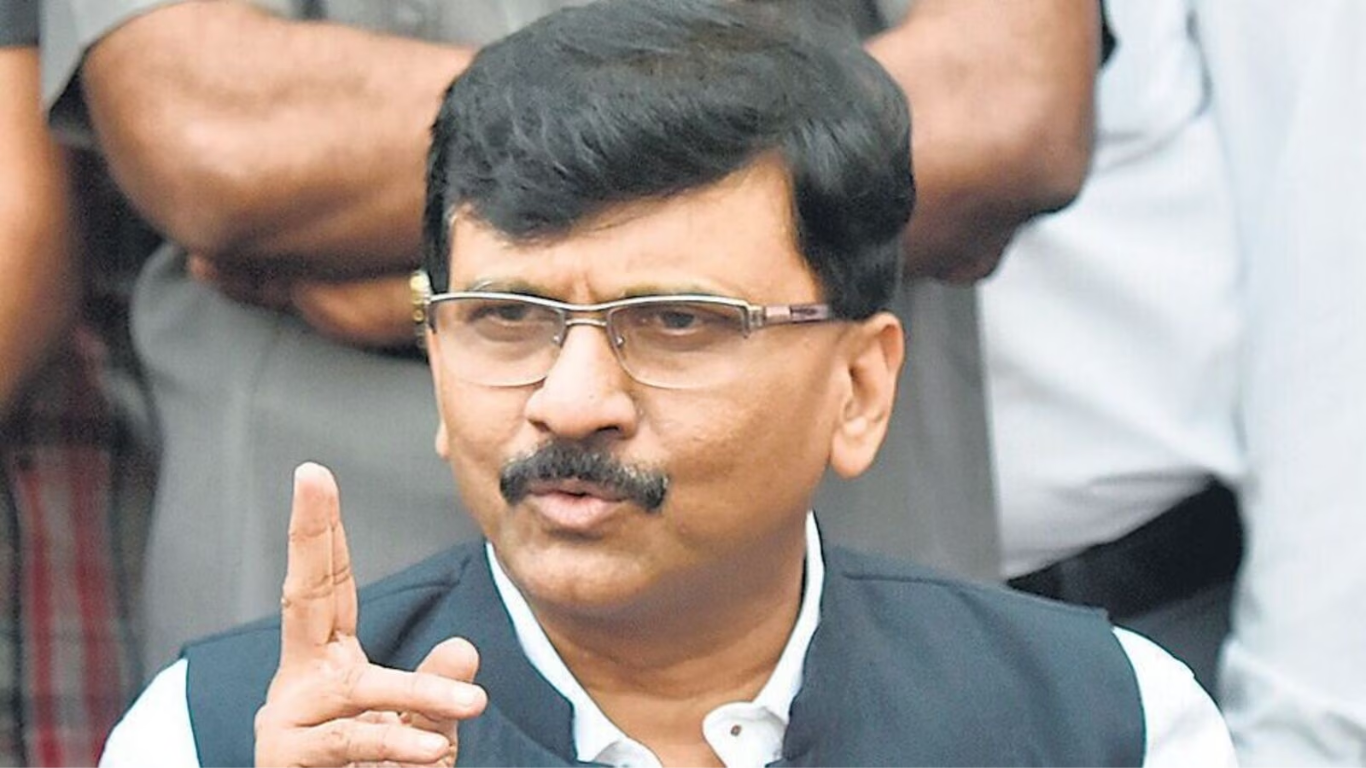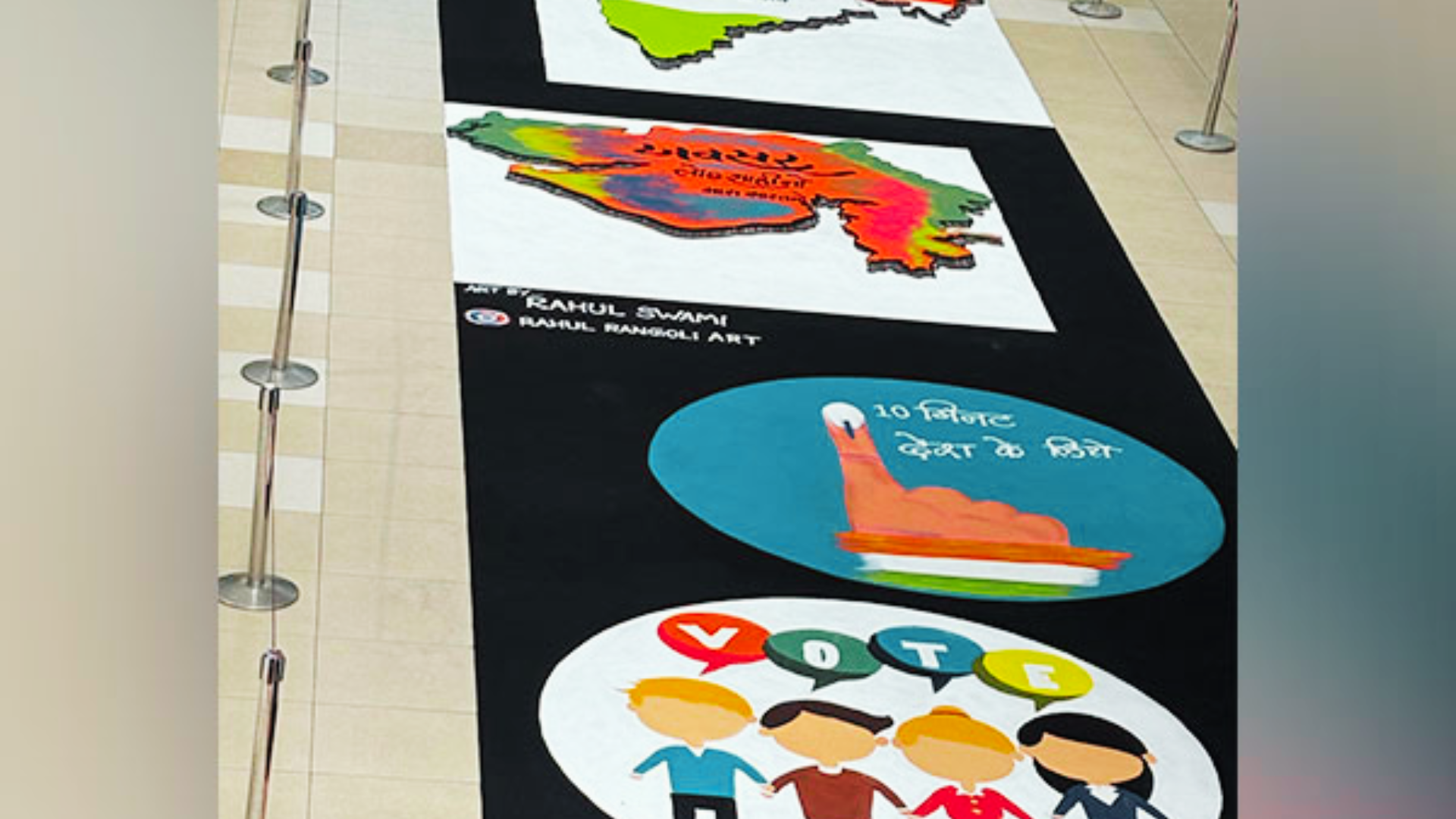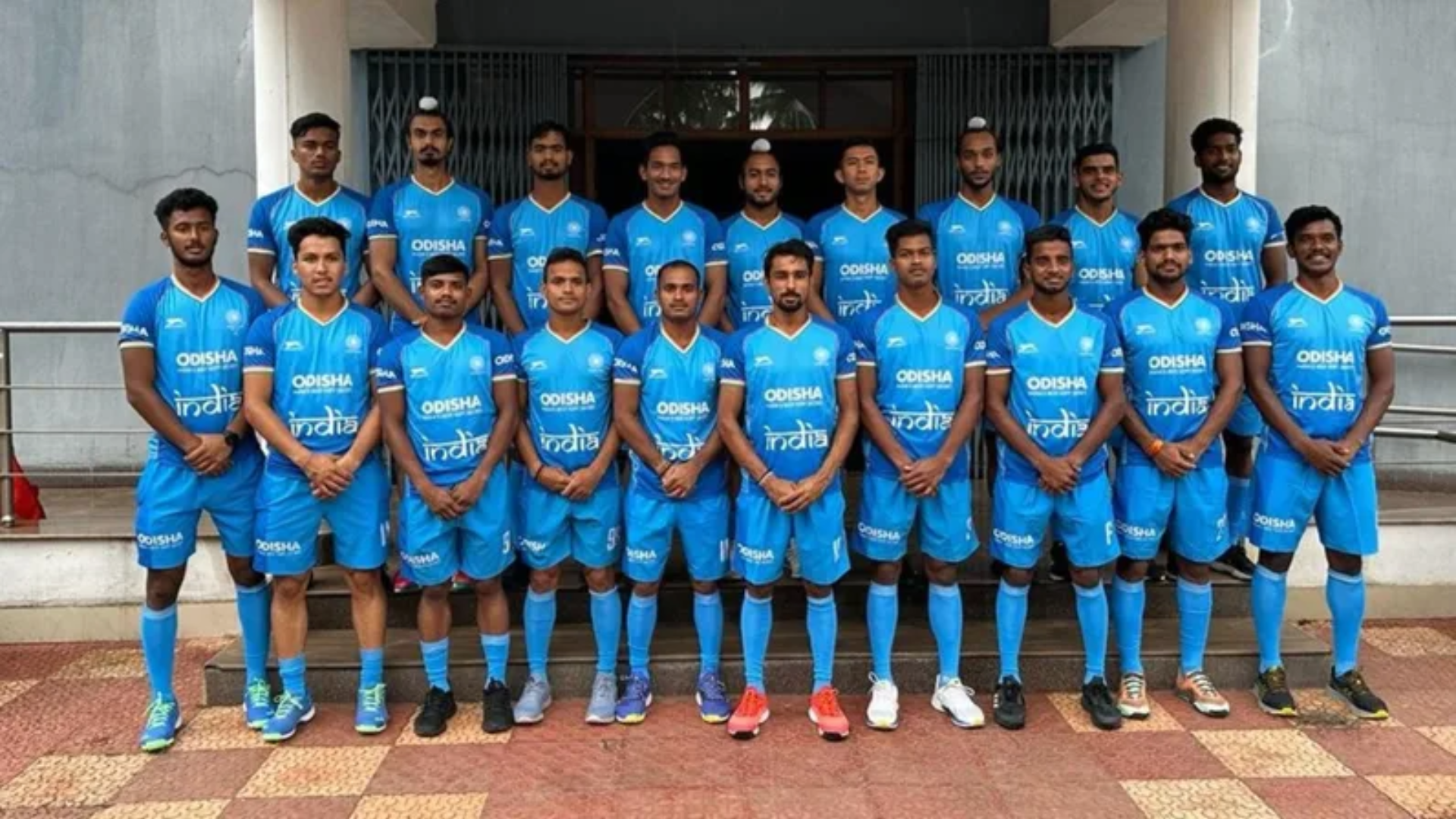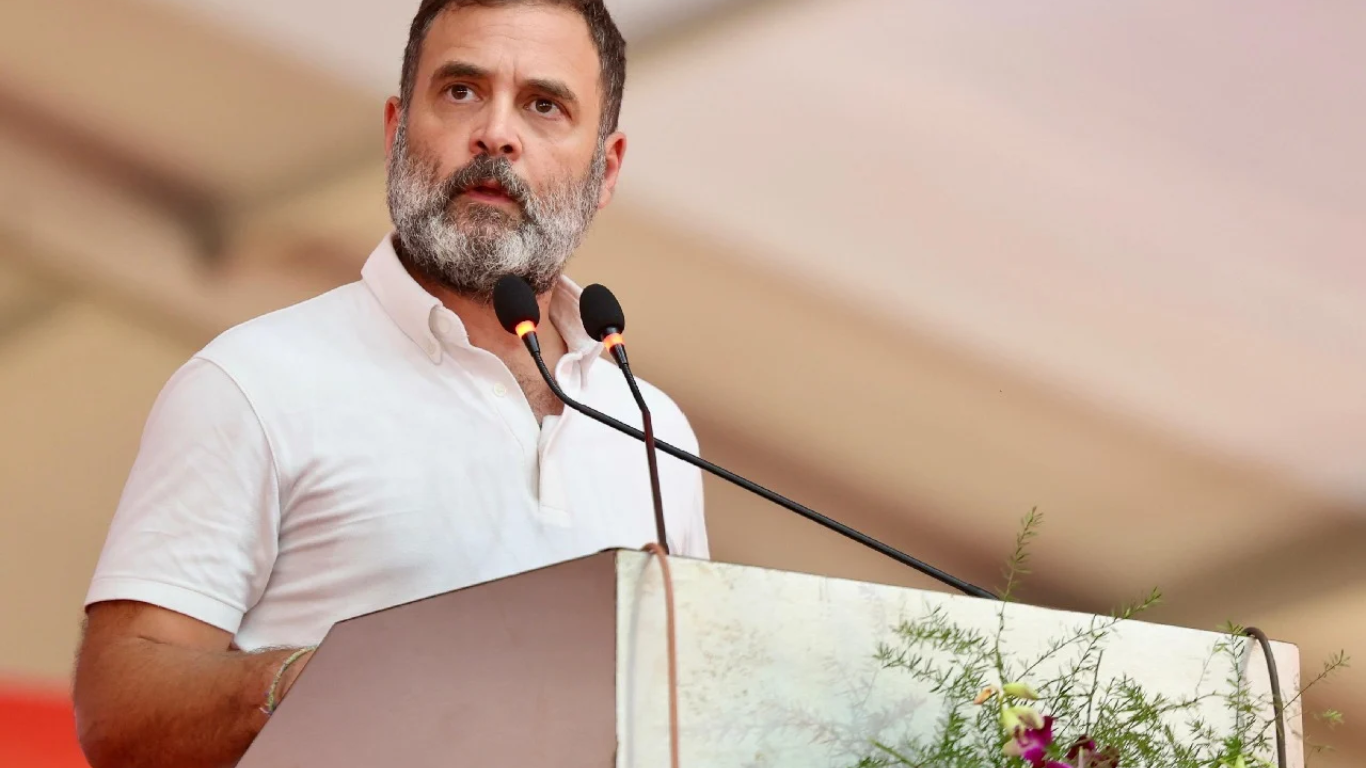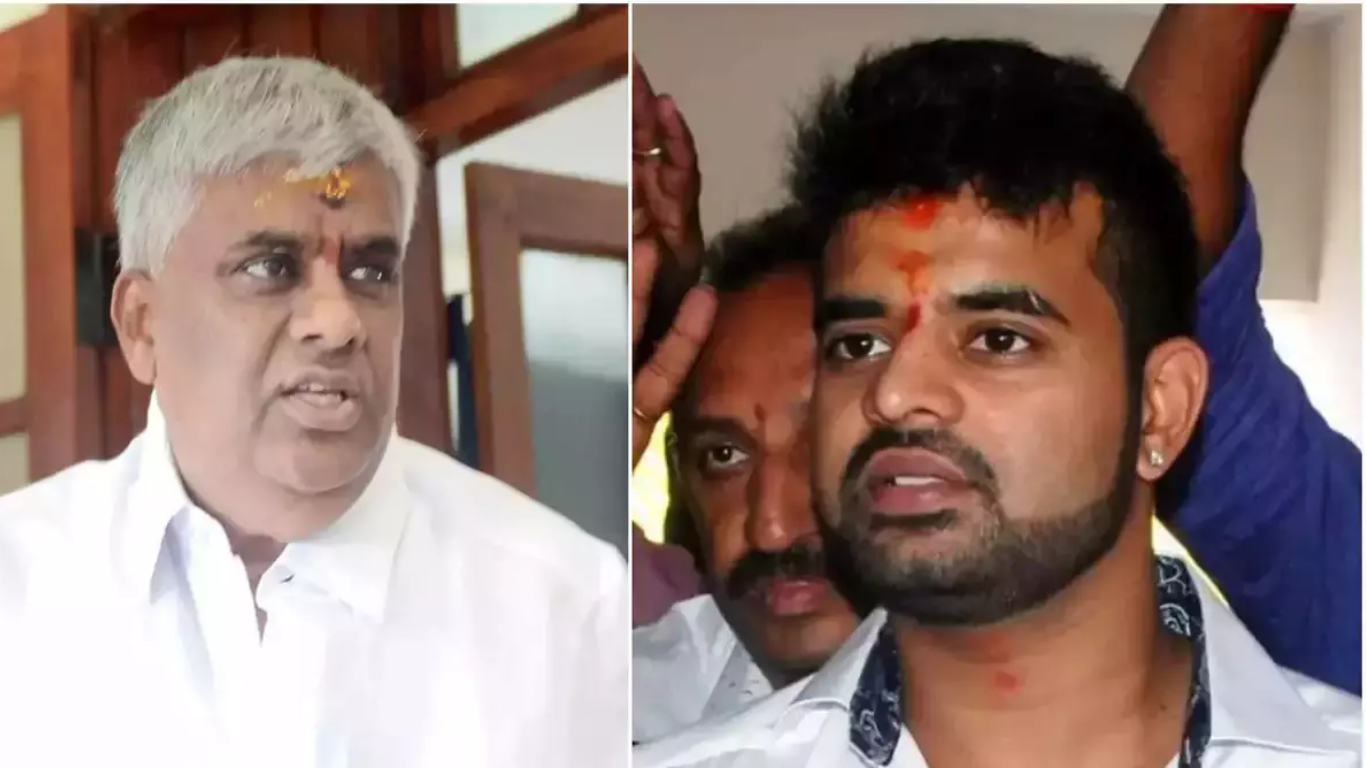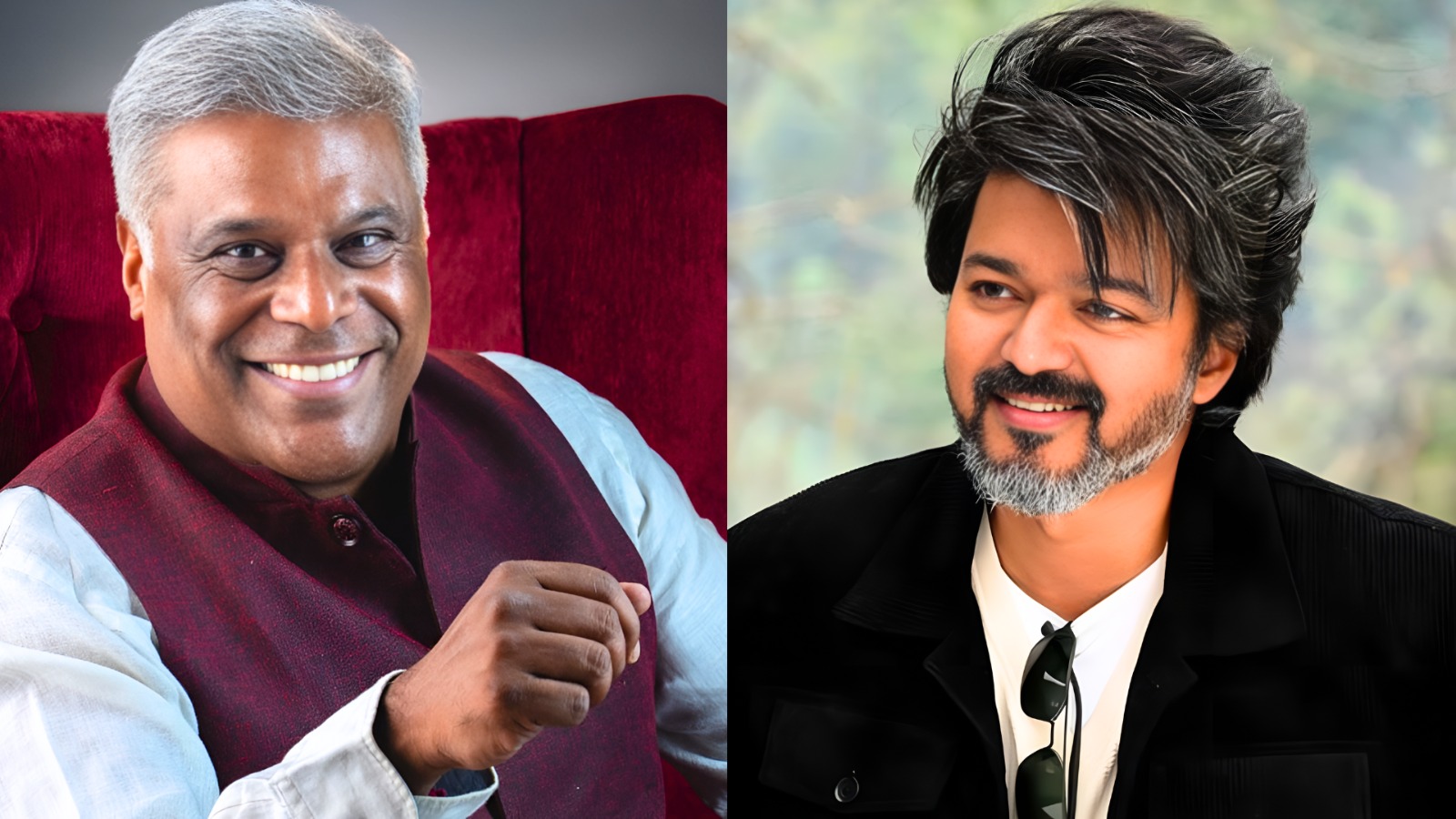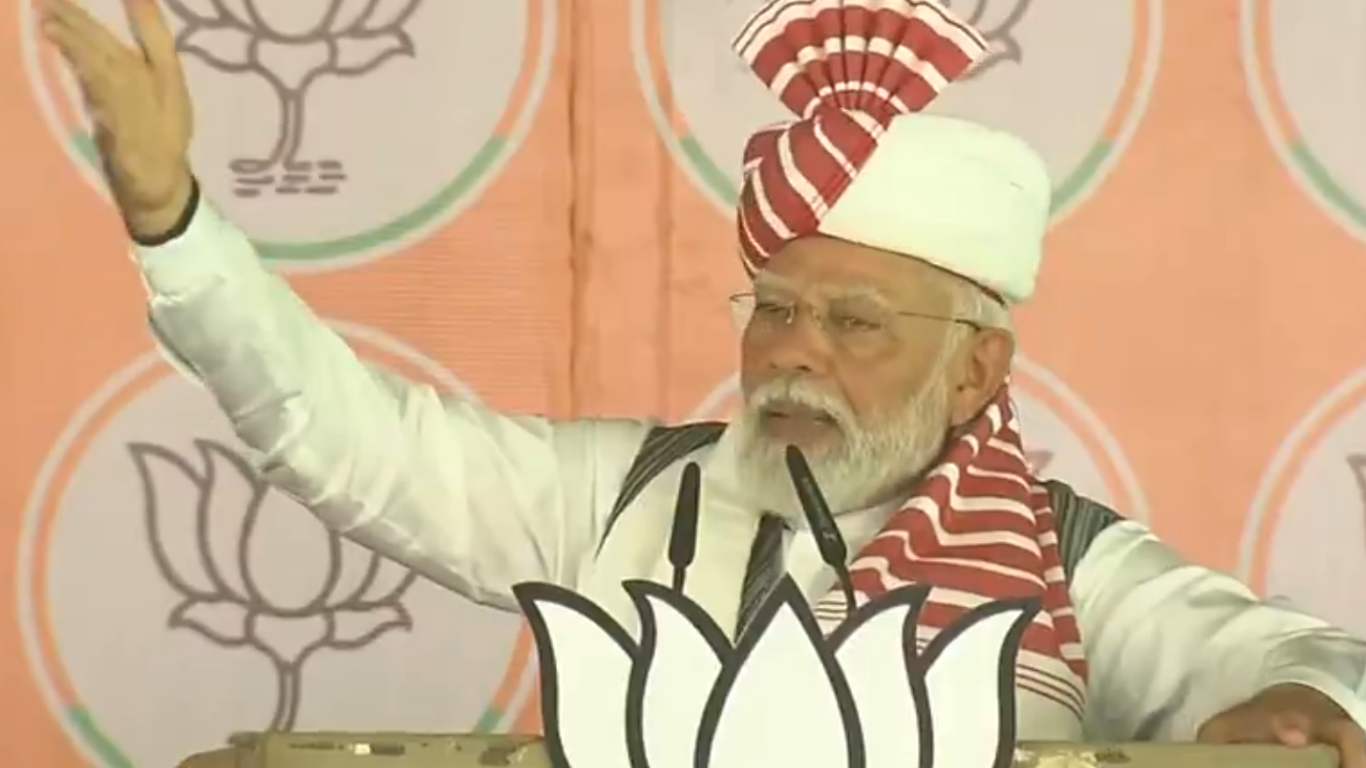


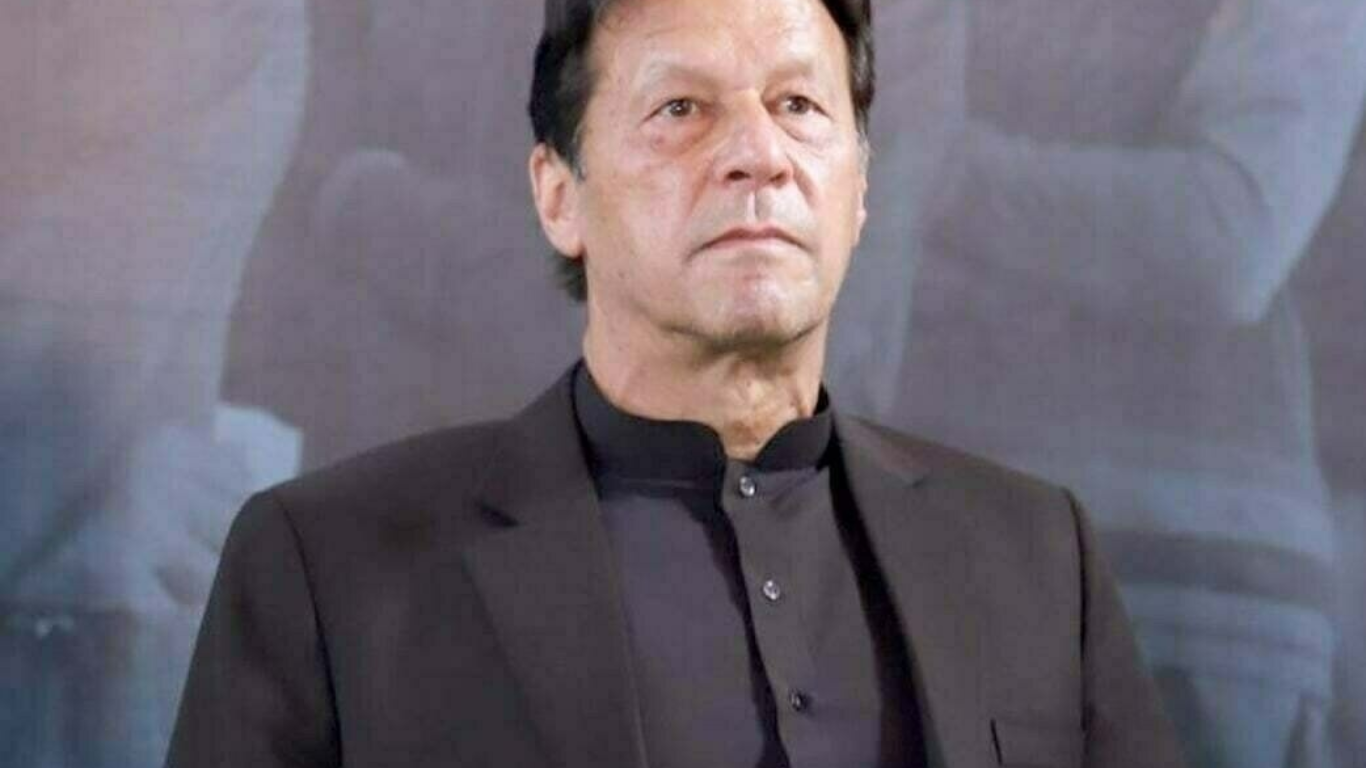
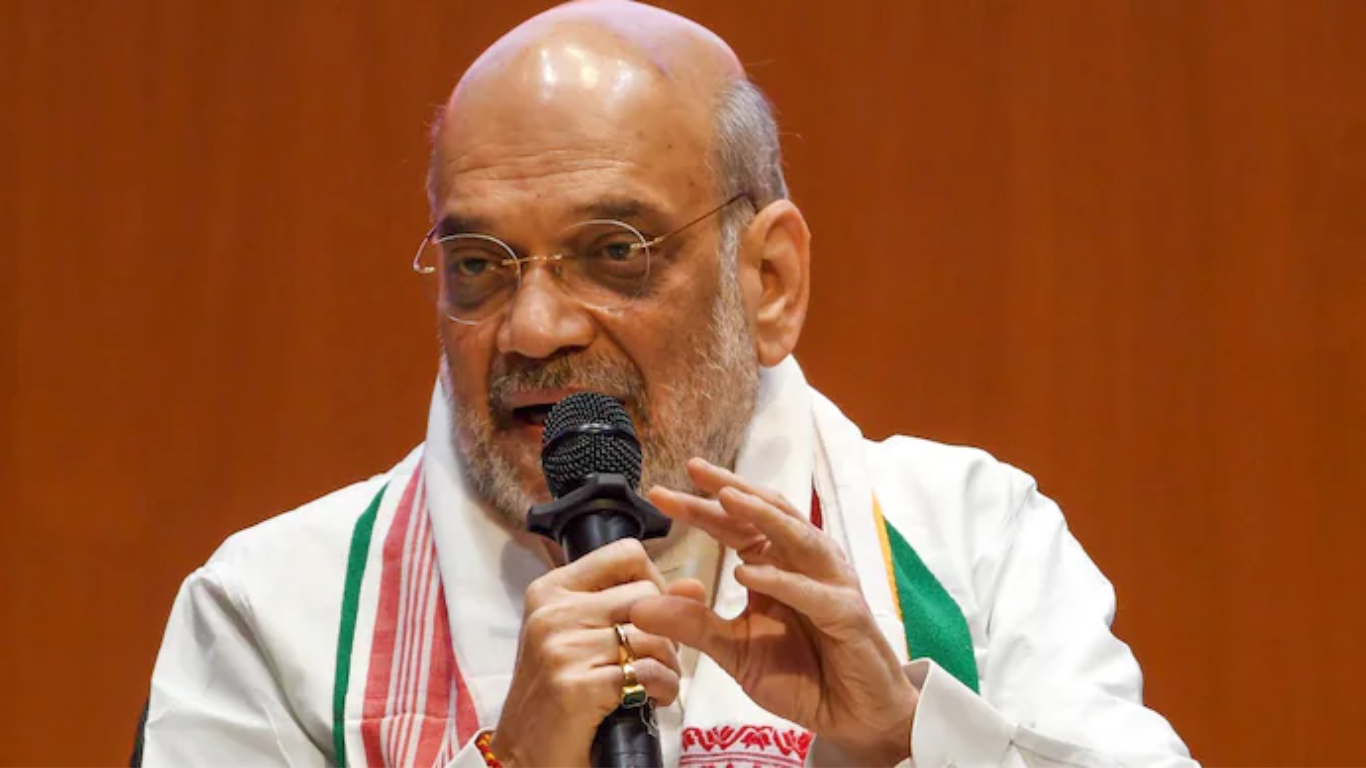
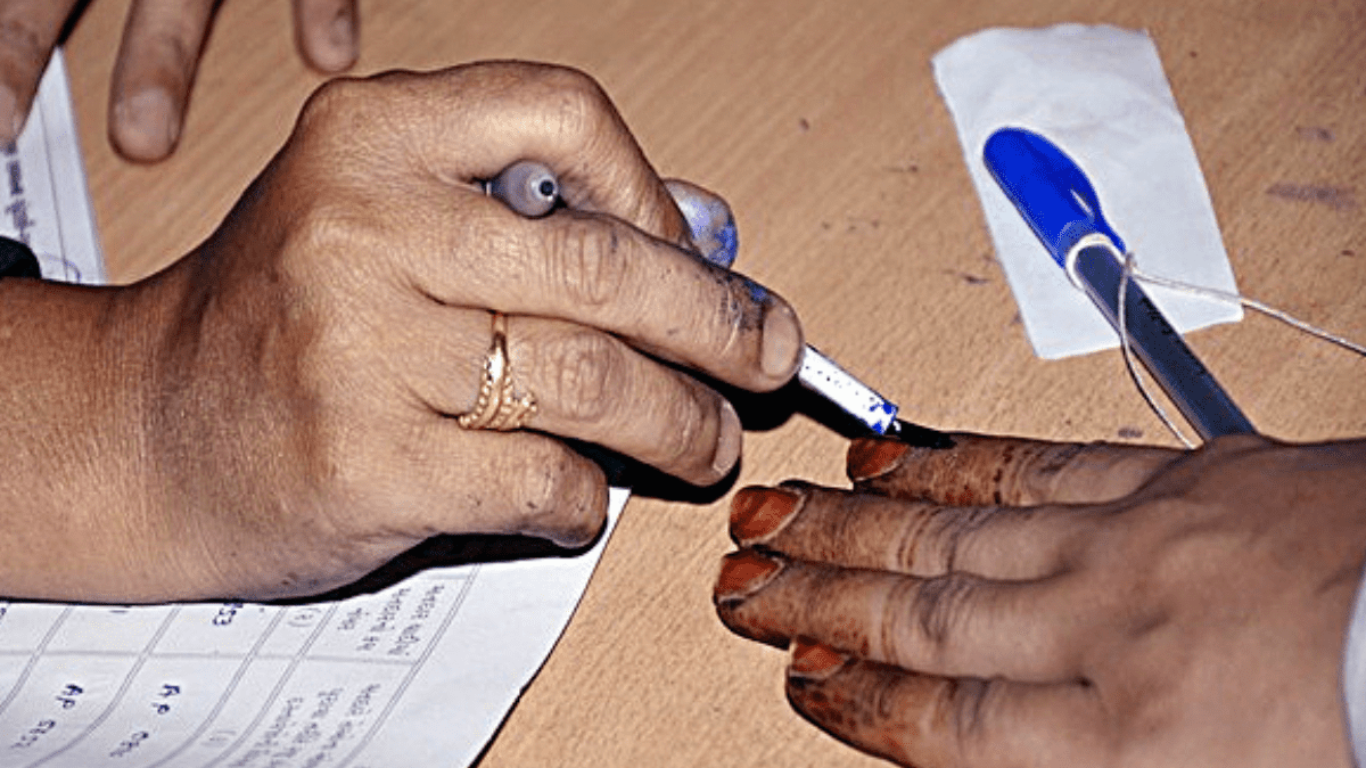
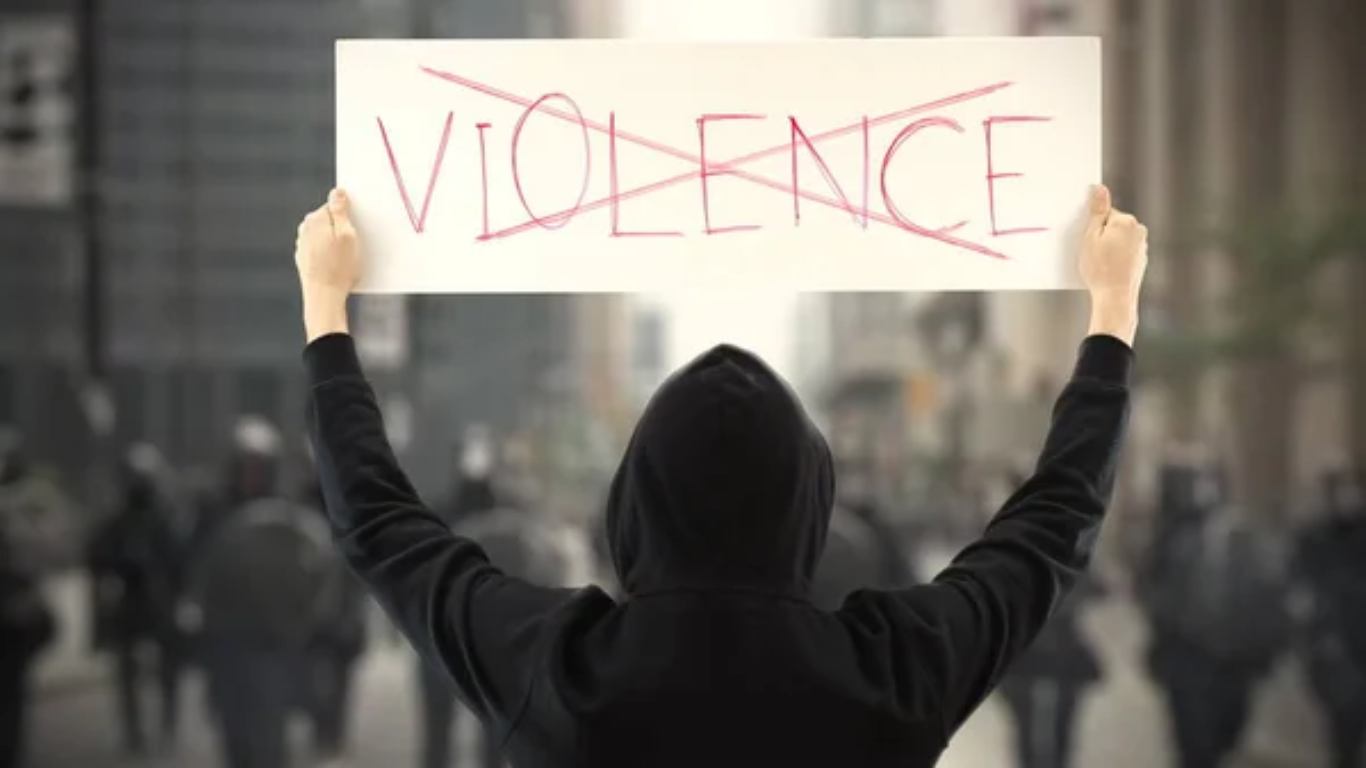

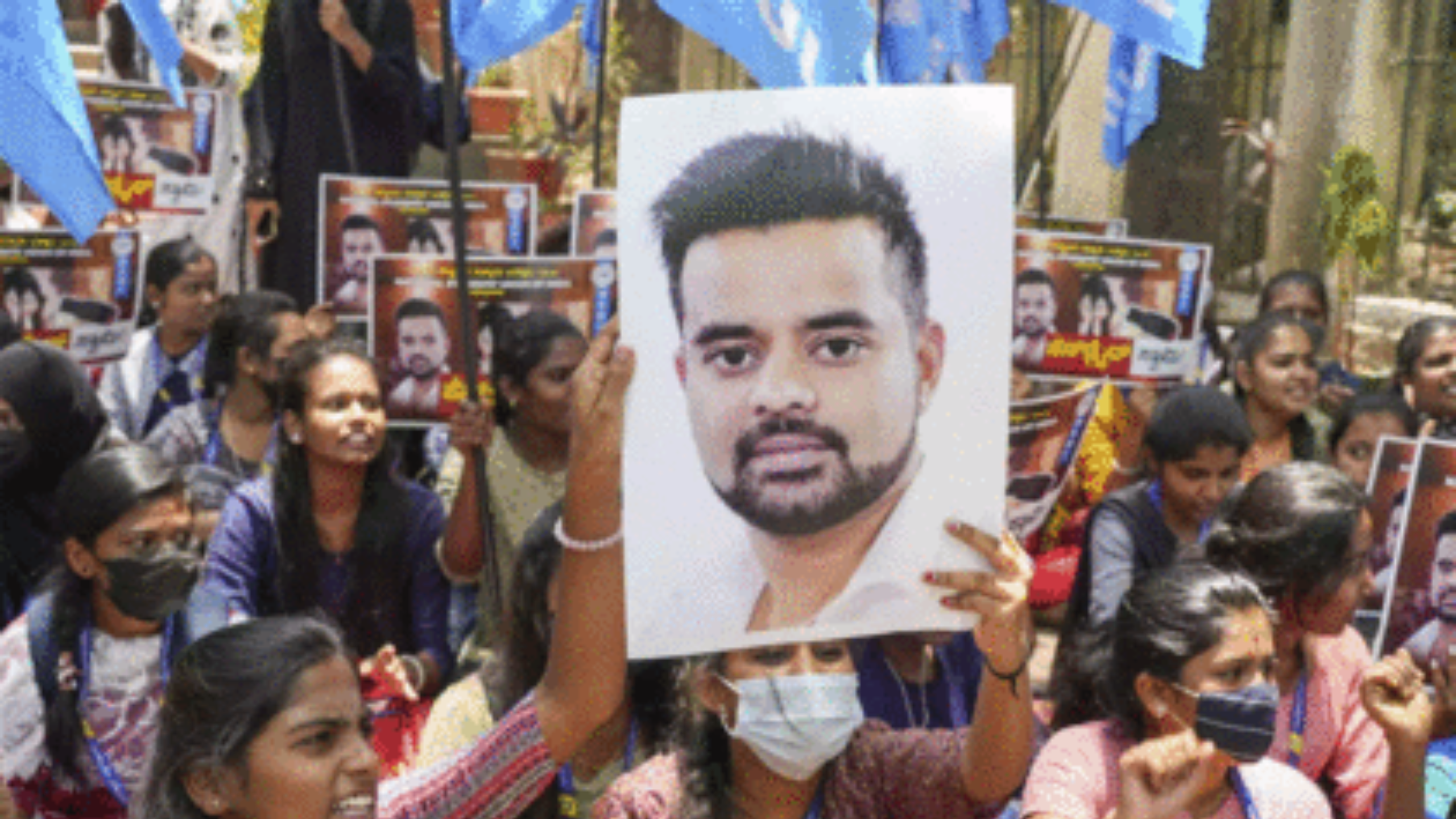
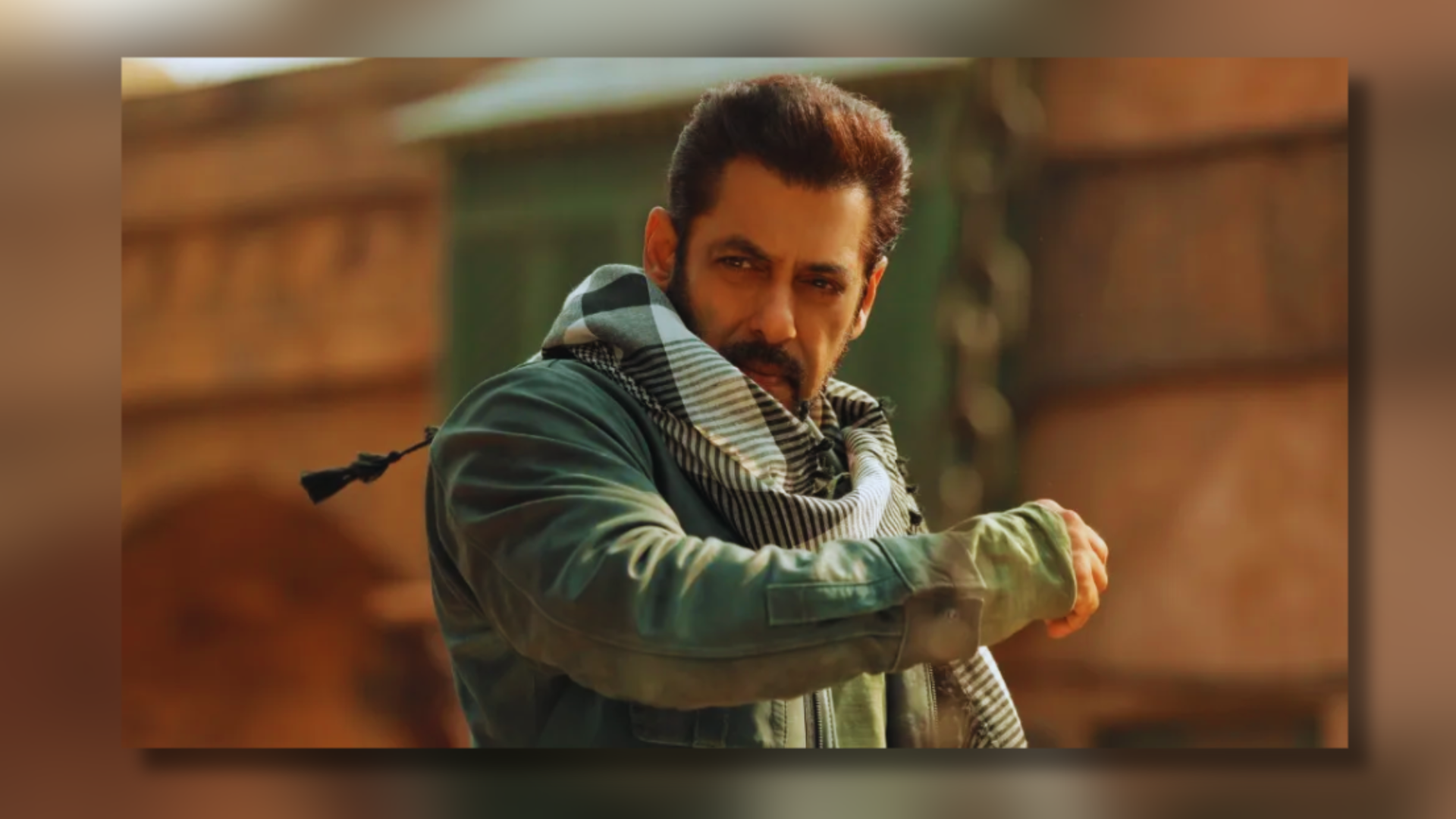
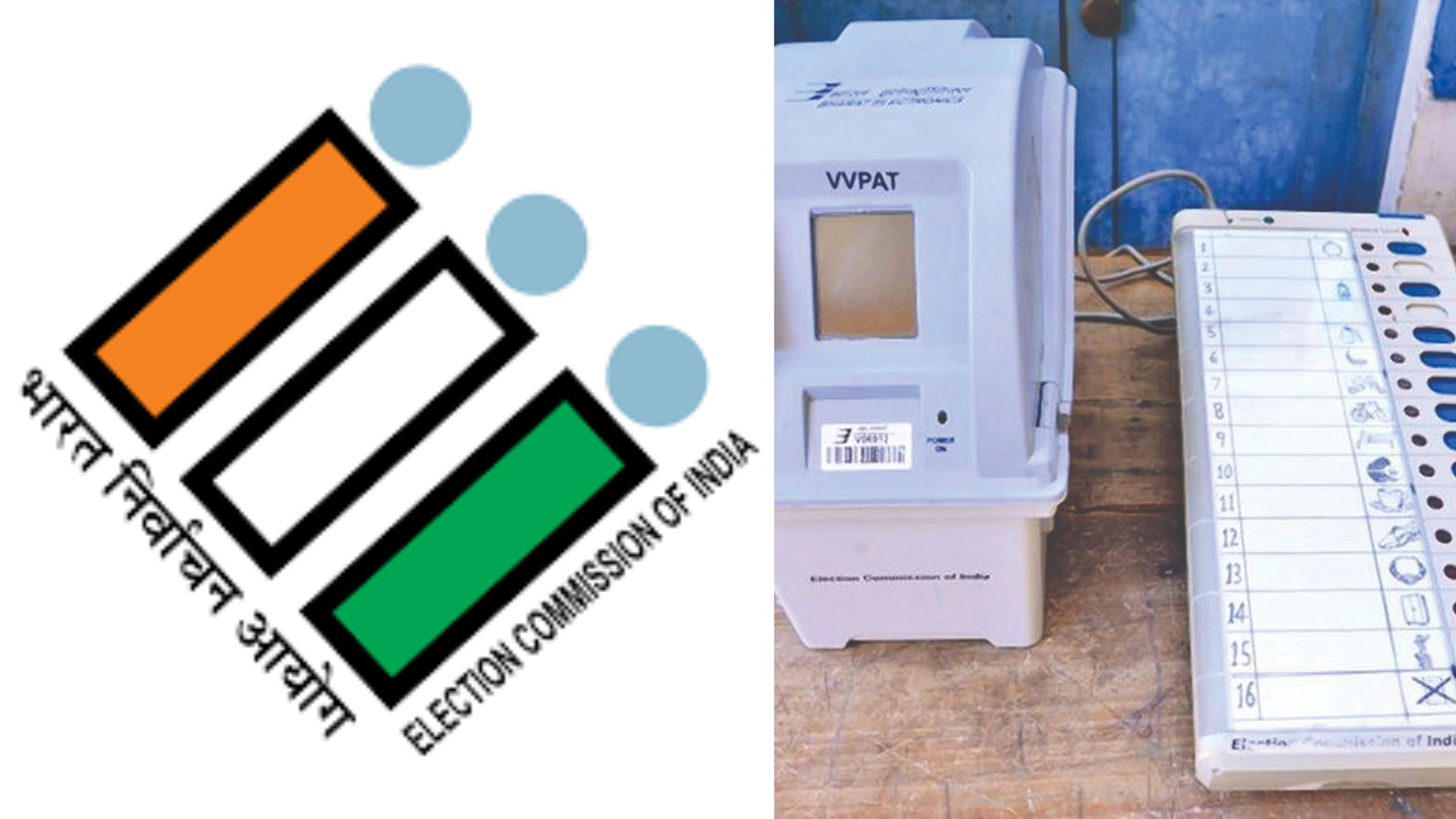
The Supreme Court has issued a notice to the Election Commission of India (ECI) on a plea seeking the complete counting of all Voter Verified Paper Audit Trail (VVPAT) paper slips in elections, rather than verifying only five randomly selected Electronic Voting Machines (EVMs) in each assembly segment of a parliamentary constituency.
The petition, filed by lawyer and activist Arun Kumar Aggarwal through Supreme Court Advocate-on-Record Neha Rathi, challenges the Election Commission’s guidelines that mandate VVPAT verification to be done sequentially, one after the other.
This sequential process has been criticized for causing undue delays in the electoral process. The petition argues that if simultaneous verification is conducted and more officers are deployed for counting in each assembly constituency, complete VVPAT verification could be accomplished in just five to six hours.
Currently, the government has spent nearly ₹5,000 crore on the purchase of nearly 24 lakh VVPATs, yet only approximately 20,000 VVPAT slips are verified. The plea emphasizes the importance of counting all VVPAT slips to ensure that voters have the opportunity to verify that their votes were accurately recorded.
The Supreme Court, comprising Justices BR Gavai and Sandeep Mehta, issued notices to the ECI and the BJP-led central government regarding this matter. The court has also tagged this petition with a similar one filed by the NGO, Association for Democratic Reforms (ADR), seeking similar reliefs.
The Supreme Court has issued a notice today to the Election Commission on the issue of VVPATs.
It bears constant repetition that the Election Commission has refused to meet a delegation of INDIA party leaders who have been demanding 100% VVPATs in order to increase public…
— Jairam Ramesh (@Jairam_Ramesh) April 1, 2024
The VVPAT system, first introduced in India during the 2014 Lok Sabha elections, is an independent vote verification system that allows an elector to verify whether their vote was cast correctly. Connected with the EVM, the VVPAT prints a paper slip when a voter cast their vote against a candidate’s name and the party’s symbol. The printed slip is then visible through a transparent window for the voter to confirm. Subsequently, the slip is placed inside a sealed box within the machine.
In April 2019, the Supreme Court had ordered the ECI to increase the number of EVMs th undergo VVPAT physical verification from one to five per assembly segment in a parliamentary constituency.
The issue of VVPATs and EVMs has been a topic of debate and concern, with many experts questioning the reliability and integrity of the electoral process. The plea to count all VVPAT slips aims to enhance public confidence in EVMs and ensure the integrity of the electoral process.
Meanwhile, the Congress party has welcomed the Supreme Court’s notice, considering it an “important first step.” Congress general secretary Jairam Ramesh emphasized the party’s demand for 100 percent VVPATs to increase public confidence in EVMs and maintain the integrity of elections. He noted that the Election Commission had refused to meet a delegation of party leaders advocating for this demand.
The Supreme Court’s decision to issue a notice on the plea signifies a significant development in the ongoing debate surrounding VVPAT verification and electoral transparency. The court’s eventual ruling on this matter will have implications on future elections and the public’s confidence in the electoral process.

